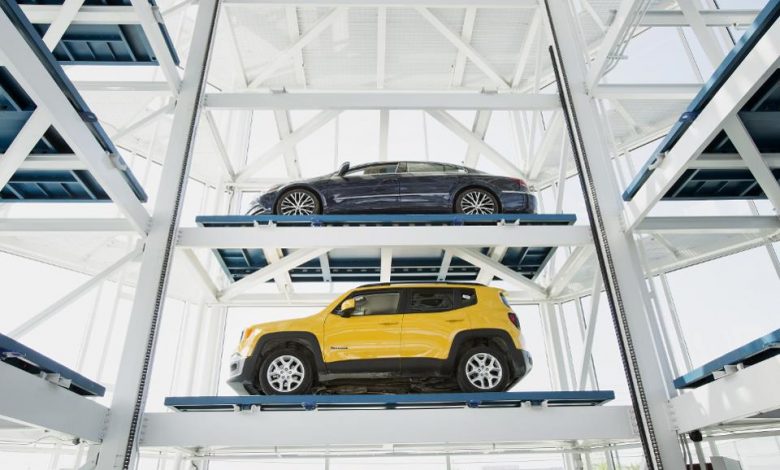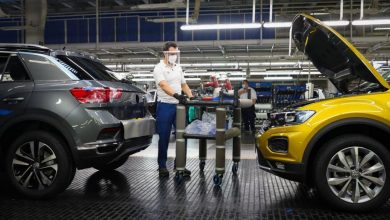
Can The E-Commerce Business Model Work For The Automotive Industry?
Today almost every single thing a consumer is looking to purchase can be obtained simply with a click of a button. But even in this fast-paced digital world, there is one commodity that is still mostly purchased in person – automobiles.
You may have bought a new big screen TV online this past Cyber Monday. Or maybe even home furnishings. But would you buy a car online? What about a used car?
Used cars are increasingly popular over new models, as the cost of purchasing a new car becomes increasingly prohibitive. And the value gap between new and used models has widened. In 2013, buying a three year old used model instead of a brand new one would save a buyer $11,000 on average, a 56% price gap. More recently, that gap has gone up to 62%, meaning buyers save an average of $14,000 by purchasing used.
“In automotive markets, buying a lightly used product that’s comparable in performance to its brand new counterpart can save a customer thousands, even tens of thousands of dollars,” says Harry Kasparian, CMO of HGreg Nissan Kendall. But selling used cars online presents unique challenges.
Are Customers Ready To Purchase Cars Online?
When customers are making their purchasing decisions, they are looking for a seamless and positive experience more than ever before. And that applies to car shopping as well. In fact, nearly 70% of shoppers expected to find the ability to configure a payment on a dealership website, and 83% indicated that online buying technology would help them narrow down their vehicle choice and determine what is affordable.
Carvana, an online used car retailer and technology business, offers an innovative e-commerce solution. Their entirely online shopping experience is based on 360 degree photography that allows you to see the interior and exterior, with overlays highlighting ‘hot spots,’ like any dings or flaws you should be aware of. When you make your purchase, the company will deliver your car or even subsidize your flight out to one of their 18 car-sized vending machines in cities like Charlotte and Kansas City to pick up your vehicle and road trip it home.
The model is disruptive, it offers user convenience, and it’s interesting. But it hasn’t fully caught on yet. “People still like to kick the tires, so to speak,” says Kasparian. HGreg Nissan Kendall’s website offers a similar e-commerce approach to automotive sales services, but keeps one foot firmly in the traditional brick-and-mortar model. You can still walk onto the lot in certain cities, take a look at the car in person, and of course, kick the tires.
What Will It Take To Make The Shift To E-Commerce?
The average shopping cart was 6% bigger during Cyber Monday this year, as consumers are more comfortable purchasing big ticket items, like TVs, online.
But a car is an even bigger purchase than a home entertainment system. And when the car is used, there are a lot of extra variables. For used auto sales to make the jump to e-commerce, customers will need to have their peace of mind first. “People are comfortable buying a new TV online because they know what to expect. With a used car, you don’t always know what you’re getting, so people want to be sure of it. They want to see it and test it out. When there’s a digital surrogate for these interactions, we’ll see a rise in online purchases,” adds Kasparian.
As you would suspect, consumers between the ages of 18-34 are more open to buying a car online than consumers between the ages of 35-54. Although overall, 81% of shoppers still prefer to purchase or lease in-person.
E-Commerce Spending On Automotive Is Rising
An eMarketer forecast predicts e-commerce spending on automotive (including parts) to reach $81.64 billion by 2022. That’s still less than half of what people will be spending on apparel or consumer tech, but it’s more than people are spending online for food and beverage, or even toys. By these indications, the time for e-commerce crossover in the auto industry may be approaching.
“Incomes will continue to rise across the globe, which will fuel online shoppers’ appetite for not only a greater variety of goods, but also more expensive goods online,” says eMarketer senior forecasting director Monica Peart.
Font: Forbes





